 |
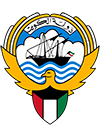 |
 |
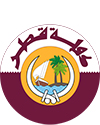 |
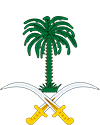 |
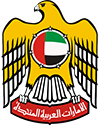 |
Bahrain is one of the most diversified economies in the Arabian Gulf. Until recently, highly developed communication and transport facilities had made Bahrain home to numerous multinational firms with business operations in the Gulf.
Growth continues to moderate as aggregate demand remains weak and fiscal deficits accumulate. The current account stayed in deficit and international reserves continue to decline, putting further pressure on the exchange rate peg. Despite austerity measures, Bahrain remains the most vulnerable GCC country in the face of low oil and bauxite prices due to its limited savings and high debt levels, leaving it exposed to financing risks.
Bahrain’s economy continued to be negatively affected by the lower hydrocarbon prices. Bahrain maintained an expansionary fiscal stance since 2009 resulting in general government deficits. However, the situation worsened in 2016 with a decline in oil revenues by 10 percent and an overall fiscal deficit estimated at 13 percent of GDP (up from 12.8 percent in 2015). The deficit spending helped maintain economic growth at 3 percent, but brought reserves down to a concerning low level at 1.2 months of imports and increased public debt to 65 percent of GDP.
Data for the first quarter of 2017 indicates a slight up-tick in growth especially in the non-oil sector growing by 4.4 percent annually compared to 2016 as a whole (3.7 percent). Bahrain has introduced some initiatives for fiscal consolidation. Revenue enhancing measures such as higher tobacco and alcohol taxes and government services fees were introduced. The proposed GCC-wide VAT introduction, which is expected to be implemented from the beginning of 2018, could further contribute to improving government balances. Inflation has gradually picked up in 2016 primarily due to the ongoing subsidy reform and in spite of weakening demand: the headline CPI rose by 2.8 percent, but it will remain subdued in 2017.
The financial sector assessment by IMF indicates that the banking sector has remained resilient with adequate capitalization and liquidity levels, as regulation and supervision of the sector were strengthened by the central bank. However, the lower credit growth of 2.8 percent in 2016, compared to the 9.8 percent average for the five years prior to it along with a quarterly drop of more than 2.5 percent in the total number of employed in the first quarter of 2017, highlight the problem of weak demand in the economy.
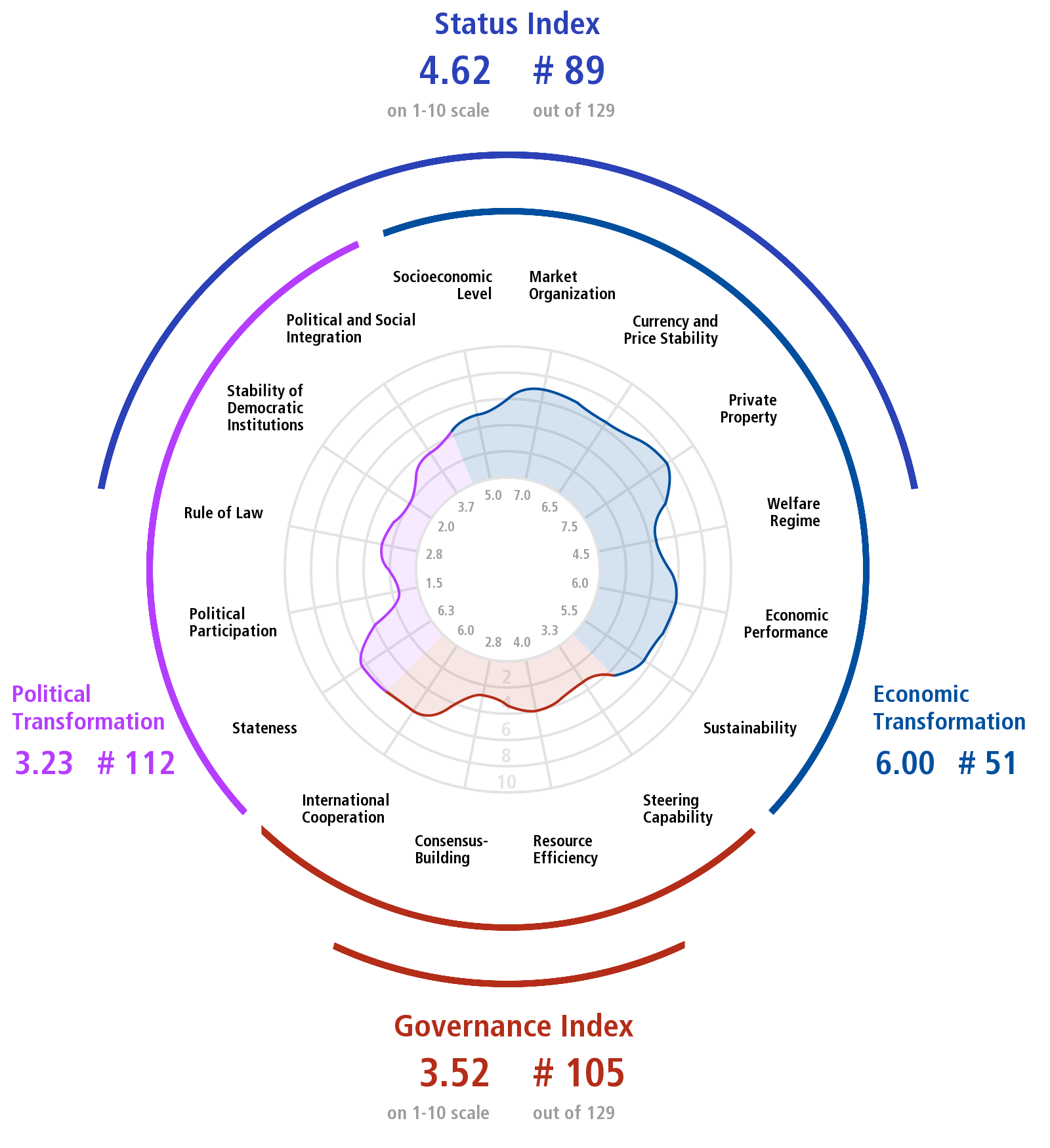
Note: Country profile information is compiled, unless otherwise stated, from the following sources:




| This website is maintained by Dr Emilie J. Rutledge, an Associate Professor of Economics and author of Monetary Union in the Gulf: Prospects for a Single Currency in the Arabian Peninsula. Emilie has developed a number of undergraduate and postgraduate courses that specifically cover the economic and sociopolitical trajectories of the six Gulf economies. Her present research interests are the Arabian Gulf’s labour market dynamics and economic diversification endeavours. Résumé Publications Consultancy |
